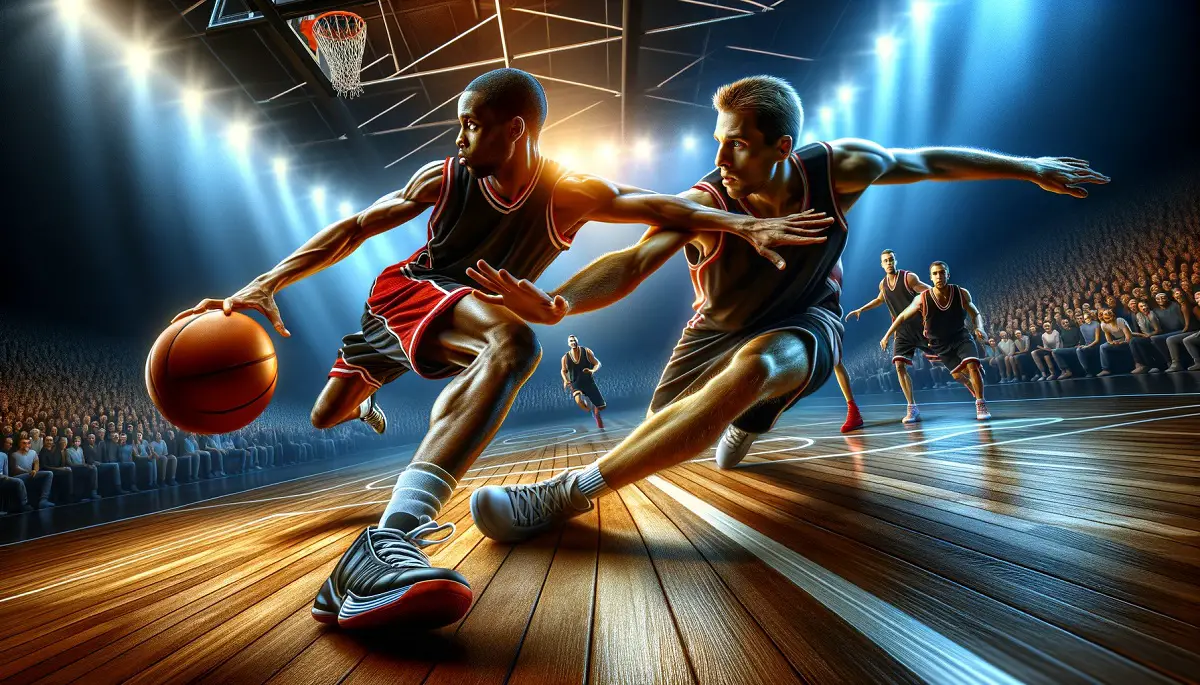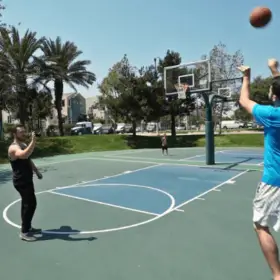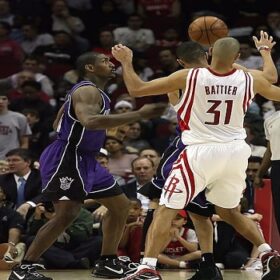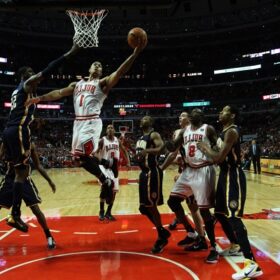Basketball, a game of speed, strategy, and skill, is also a game of rules. Among these, the reach-in foul is a critical and often misunderstood aspect. Let's dive deep into what a reach-in foul is, its implications, and how it affects the beautiful game of basketball.
1. Introduction to the Reach-In Foul
In the world of basketball, fouls are a pivotal part of the game, impacting strategies, outcomes, and the flow of play. The reach-in foul, often contentious and debated, is a rule that every player, coach, and fan should understand.
| Aspect of Reach-In Foul | Key Information | Impact on the Game |
|---|---|---|
| Definition | Illegal physical contact by a defender attempting to steal the ball | Determines fair play and player safety |
| Differentiation | Distinct from blocking and shooting fouls | Guides players' and referees' decisions |
| Common Scenarios | Occurs during steal attempts and close guarding | Influences defensive strategies |
| Consequences | Leads to free throws, counts towards personal and team fouls | Affects game flow and player availability |
| Avoidance Strategies | Emphasize body control, footwork, and smart play | Improves defensive techniques and reduces foul risks |
| Coaching Tactics | Focus on defensive training and managing foul-prone players | Shapes overall team strategy and game plan |
2. The Rules Explained
What is a Reach-In Foul?
A reach-in foul occurs when a defender makes illegal physical contact with a player who is holding the ball. This usually happens when the defender reaches in to steal the ball but instead makes contact with the player's hand or arm.
Reach-In Foul Vs. Other Fouls
| Foul Type | Description |
|---|---|
| Reach-In Foul | Illegal contact by a defender reaching towards the ball holder. |
| Blocking Foul | Impeding the progress of an opponent by moving into their path. |
| Shooting Foul | Contact with a player during their shooting motion. |
3. Why It's Called: Understanding the Referee's Perspective
Decoding the Decision
The reach-in foul is a critical call in basketball, often made in the heat of the moment. Here's what referees look for:
- Hand Contact: The most common indicator. If the defender's hand or arm makes contact with the offensive player's hand or arm, it's likely a foul.
- Aggressive Reach: A clear, aggressive move towards the ball that results in contact is often enough for a whistle.
- Player Control: If the offensive player loses control of the ball due to contact, a foul is likely to be called.
Context Matters
- Game Situation: In tight games, referees might be more cautious with their calls.
- Player History: Repeat offenders might be watched more closely by referees.
4. Consequences of a Reach-In Foul: More Than Just a Whistle
Immediate Repercussions
- Free Throws: If the team is in the bonus situation, the fouled player is awarded free throws.
- Possession: If not in the bonus, the offensive team retains possession with a new shot clock.
Long-Term Impacts
- Personal Foul Trouble: Players accumulating fouls risk being benched or fouling out.
- Team Dynamics: Key players in foul trouble can disrupt a team's rhythm and strategy.
5. Strategy and Avoidance: A Dual Approach
For Players: Sharpening Skills and Awareness
- Defensive Stance: A solid defensive stance can reduce the need to reach in.
- Reading the Opponent: Understanding an opponent's tendencies can lead to better anticipation and fewer risky moves.
- Discipline: Maintaining focus and avoiding frustration plays is essential.
For Coaches: Building a Foul-Smart Team
- Drills and Scrimmages: Regular practice on defending without fouling.
- Video Analysis: Reviewing footage of games to identify and correct players' tendencies to commit reach-in fouls.
- Player Rotation: Managing players at risk of fouling out, ensuring the team doesn't lose key members at crucial moments.
6. Reach-In Foul Examples in Professional Games
In professional basketball, reach-in fouls have often played a pivotal role in the game's dynamics, influencing both the outcome and the performance of players. Here are some notable examples:
-
Point Guard Anticipation: A classic scenario occurs when a point guard, positioned at the top of the three-point line, anticipates the offensive player's move. As the ball handler protects the ball, the point guard makes a move to steal it. In such instances, if the point guard makes contact while trying to snatch the ball, a reach-in foul is called.
-
Dribbling Interception: Another common instance is when a ball-handler dribbles across the court, and the defensive player attempts an interception. If the defender, expecting a crossover, tries to snatch the ball and makes contact, it results in a reach-in foul.
-
Triple-Threat Position: When the ball-handler is in a triple-threat position, looking to make the next move, a defensive player might attempt to poke the ball away. If the defender touches the ball-handler inappropriately in this attempt, it is considered a reach-in foul.
-
Contact During Ball Protection: A reach-in foul is also called when a player, holding the ball at a three-point position, starts dribbling, and the defensive player tries to steal or poke the ball, making contact with the ball handler's arms.
These examples highlight the thin line between a strategic defense and a foul. In professional games, such moments can shift the momentum, leading to free throws or change of possession, thereby significantly impacting the game's flow and outcome.
7. Conclusion
In basketball, understanding the nuances of rules like the reach-in foul is crucial. It’s not just about the call itself, but its ripple effect on strategy, player discipline, and the game’s outcome. Whether you're a budding player, a seasoned coach, or an enthusiastic fan, appreciating these details enriches your experience of this thrilling sport.






